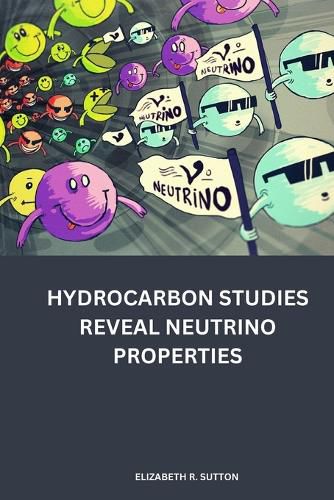Readings Newsletter
Become a Readings Member to make your shopping experience even easier.
Sign in or sign up for free!
You’re not far away from qualifying for FREE standard shipping within Australia
You’ve qualified for FREE standard shipping within Australia
The cart is loading…






This title is printed to order. This book may have been self-published. If so, we cannot guarantee the quality of the content. In the main most books will have gone through the editing process however some may not. We therefore suggest that you be aware of this before ordering this book. If in doubt check either the author or publisher’s details as we are unable to accept any returns unless they are faulty. Please contact us if you have any questions.
The Standard Model of Particle Physics is the theory explaining the fundamental constituentsthat make up all particles and interactions of matter. The Standard Model containssix quarks denoted u, d, t, b, s, and c. Quarks cannot be free in nature and so they formtwo-quark groups (mesons) and three-quark groups (baryons) called hadrons. The most stable hadrons are protons (uud) and neutrons (udd). While hadrons are composed ofconstituent quarks, leptons are particles that are unable to be broken down into smaller unitsof matter. The Standard Model has three negatively charged leptons, which are described
ass having lepton flavors called the electron (e), the muon (?) and the tau (?). Each of thecharged leptons is accompanied by a neutral lepton partner called the neutrino, denotedby their lepton flavor as ?e, ?? and ?? . Quarks and leptons have an equivalent antiparticledenoted either by a bar ( ? ?e) in the case of quarks and neutrinos or by a superscript of + referring to the positive charge.
$9.00 standard shipping within Australia
FREE standard shipping within Australia for orders over $100.00
Express & International shipping calculated at checkout
This title is printed to order. This book may have been self-published. If so, we cannot guarantee the quality of the content. In the main most books will have gone through the editing process however some may not. We therefore suggest that you be aware of this before ordering this book. If in doubt check either the author or publisher’s details as we are unable to accept any returns unless they are faulty. Please contact us if you have any questions.
The Standard Model of Particle Physics is the theory explaining the fundamental constituentsthat make up all particles and interactions of matter. The Standard Model containssix quarks denoted u, d, t, b, s, and c. Quarks cannot be free in nature and so they formtwo-quark groups (mesons) and three-quark groups (baryons) called hadrons. The most stable hadrons are protons (uud) and neutrons (udd). While hadrons are composed ofconstituent quarks, leptons are particles that are unable to be broken down into smaller unitsof matter. The Standard Model has three negatively charged leptons, which are described
ass having lepton flavors called the electron (e), the muon (?) and the tau (?). Each of thecharged leptons is accompanied by a neutral lepton partner called the neutrino, denotedby their lepton flavor as ?e, ?? and ?? . Quarks and leptons have an equivalent antiparticledenoted either by a bar ( ? ?e) in the case of quarks and neutrinos or by a superscript of + referring to the positive charge.